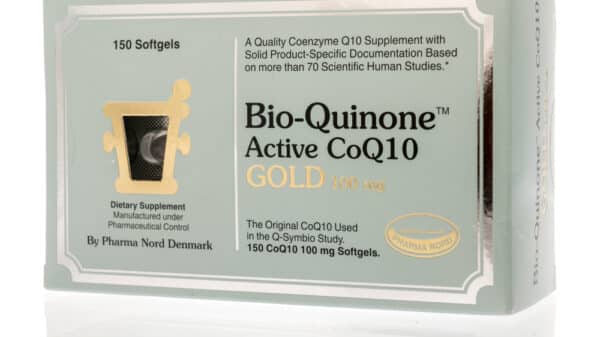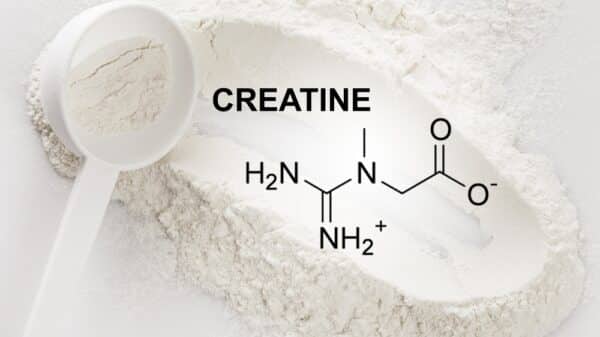Exercising outdoors as temperatures rise can be exhilarating, but it also comes with its fair share of challenges. Understanding how your body interacts with warmth and humidity is crucial. Realizing the distinct differences between dry heat and humid conditions can significantly impact your workout experience.
Stepping outside for a physical activity amidst the beauty of nature is exciting, yet it’s essential to recognize the risks tied to heat exposure. Dehydration and overheating can turn an invigorating workout into a health concern if you aren’t careful.
To enjoy the benefits of outdoor exercise while protecting your health, consider the following straightforward strategies.
Prioritize Hydration
Hydration is vital when you’re sweating more than usual. Remember, you’re losing fluids and essential electrolytes.
Before you even step outside, hydrate thoroughly. Drink water before, during, and after your workout. Include foods that elevate your electrolyte levels, such as coconut water, juicy watermelon, and refreshing cucumbers. These will support your hydration levels effectively.
After your session, replace lost fluids and sodium. Enjoy a couple of extra cups of water and foods rich in sodium, like pickles or a sprinkle of sea salt in your meals.
Plan Your Workouts Strategically
Timing is key. Head outside during the cooler parts of the day—early morning or late evening—to avoid the brunt of the sun’s intensity.
Try Cooling Techniques Pre-Workout
Consider taking a cool shower or a dip in water before your outdoor exercise. This method can help lower your body temperature and prepare you for your workout ahead.
Choose Appropriate Attire
Dressing appropriately is essential in hot weather. Opt for light, breathable fabrics that don’t absorb heat. Focus on moisture-wicking clothing to keep sweat at bay and maintain comfort during your workout.
Use Ice for Relief
If you start feeling overheated during your workout, apply an ice pack to the back of your neck. A cool washcloth can also provide immediate relief from the heat.
Tune into Your Body
Being in tune with your body is vital. If you experience dizziness, faintness, or nausea, take a pause and hydrate. Excessive sweating can lead to heat-related illnesses, so continually monitor your hydration and energy levels as you exercise.
Keep Your Sessions Short
If you’re new to exercising in high temperatures, start with short sessions of 20-30 minutes. Gradually increase duration as your body adapts to the heat.
Allow Time for Acclimatization
If you’re not used to the heat, allow your body a week or two to acclimate. Begin with lighter workouts during cooler hours. This approach helps improve your sweating efficiency and overall cardiovascular fitness.
Modify Workout Intensity
Adjust your workout intensity in hot conditions. Scale back your routine to match the climate. This might mean shortening your sessions or extending rest times to ensure safety and comfort.
Protect Yourself from the Sun
Sun safety is paramount. Apply broad-spectrum sunscreen with an SPF of at least 30 to shield your skin from harmful rays. Light-colored, moisture-wicking clothing, along with a breathable hat and UV-blocking sunglasses, can further protect you during outdoor activity.
Acknowledge Your Limits and Take Breaks
Recognize when it’s time to rest. If you feel dizzy, weak, or confused, stop exercising immediately. Frequent breaks are essential, especially in relentless heat.
Choose Cooling Foods
Incorporate hydrating and cooling foods like watermelon, cucumbers, and oranges before and after workouts. Light meals with high water content can prepare you for exercise, while nutrient-dense snacks or smoothies can replenish fluids and electrolytes post-workout.
Understand Climate Conditions
Be aware of how humidity impacts your workout. High humidity reduces your body’s cooling ability through sweat, leading to increased heat and fatigue. On the other hand, dry heat may mislead you into underestimating fluid loss. Always check the temperature and humidity to ensure a safe workout.
By implementing these strategies, you can enjoy the benefits of outdoor workouts while minimizing risks associated with heat. Listen to your body, hydrate diligently, and revel in the beauty of exercising outside.
Recognize Heat-Related Illness Signs
Stay informed about symptoms of heat-related illnesses. Early signs of heat exhaustion include heavy sweating, cold skin, muscle cramps, fatigue, headaches, and dizziness. It’s easy to dismiss these when you’re focused on performance, but ignoring them can lead to dangerous heat stroke.
Symptoms of heat stroke include confusion, a rapid heartbeat, and body temperatures exceeding 103°F. If you or anyone around you shows these signs, seek medical assistance without delay.
Engage in outdoor workouts with caution and you can experience both the physical and mental advantages that come from exercising in nature.
































